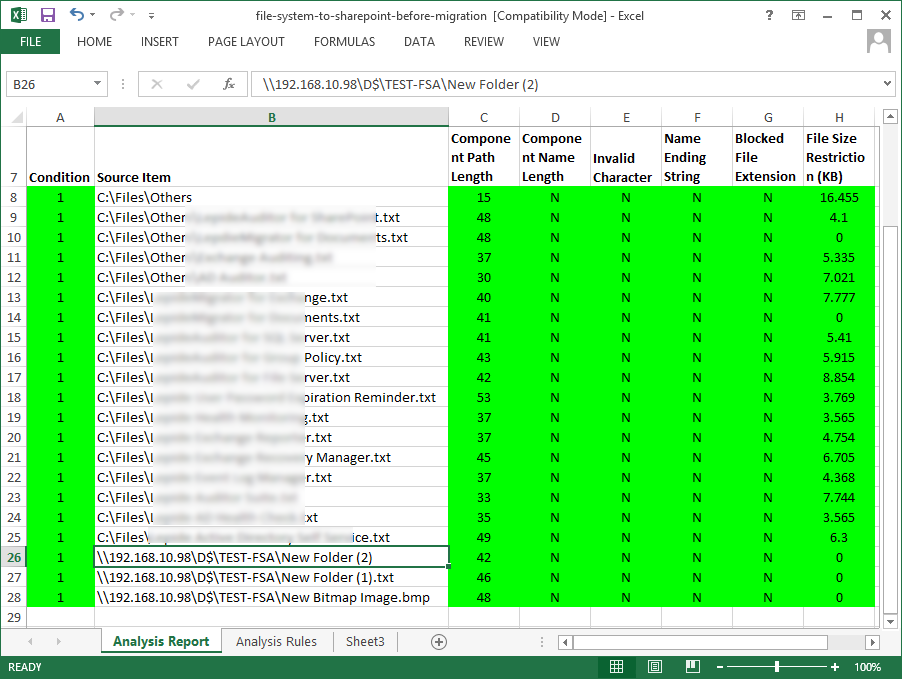SharePoint/SharePoint Online Limits You Should Know
Aftab Alam
 |
Updated On - February 16, 2024
|
Updated On - February 16, 2024
Read time 5 minutes
Microsoft SharePoint is a new-age platform that offers everything needed for collaboration and content management. It differs from traditional file servers in many ways and redefines the ways of organization, management, and sharing of data.
If you are new to SharePoint afresh, with no need to move a huge volume of data from other platforms, you need not be bothered much about the inherent limitations and restrictions of the SharePoint platform. You will get used to the SharePoint limits as you work and will not face many hindrances. But if you are moving a huge volume of data from your current platform to SharePoint, you need to be aware of the limits and restrictions in SharePoint to avoid any major obstacles during the course of migration.
There are some SharePoint limits that depend only on the subscription plan you have chosen. Here is a look at the different plans currently available and their limits:
SharePoint Limits as per the Subscription Plan |
||||
|---|---|---|---|---|
| SharePoint plan | SharePoint Limits | |||
| No. of users | Storage per organization (including that of Recycle Bin) | Sites (site collections) per organization | Storage per site (site collection) | |
|
Max. 300 only | 25 TB | 2 million (does not include the OneDrive for licensed users) | I TB (additional 10 GB per licensed user) |
|
1 to 500,000 (can add more by contacting Microsoft) | 25 TB | 2 million (does not include the OneDrive for licensed users) | I TB (additional 10 GB per licensed user) |
|
1 to 500,000 (can add more by contacting Microsoft) | 25 TB | 2 million | |
The limits shown above depend only on the subscription plans you have purchased. But there are some other SharePoint limits that are applicable to all subscription plans. We will discuss them in the next section.
Note: All these limits are even lesser for some previous SharePoint versions.
For major versions, the SharePoint limit is 50,000, and for minor versions, it is 511.
An understanding of SharePoint limits is essential when you migrate data from platforms like File Server or Google Drive to OneDrive for Business or SharePoint. If the data for the migration doesn’t comply with the SharePoint limitations, you may face unexpected hindrances during migration. The migration may fail completely or take unnecessarily long times.
Many professional SharePoint Migration tools like Kernel Migration for SharePoint provide a useful feature – Migration Analyzer. It checks the data for migration and verifies if it breaks the limits of the SharePoint environment. If there are discrepancies, it finds them and points out the possible issues during the migration so that one can fix them before the actual migration. Migration Analyzer in Kernel Migration for SharePoint is a powerful feature that saves time and effort during the migration. Here is a sample SharePoint Migration Analysis Report from Kernel Migration for SharePoint.

Microsoft SharePoint has many limits and limitations that every user should be aware of. Migration to the SharePoint platform can be a disaster if you are not aware of these limitations in advance. So, we have listed them. If you have a professional SharePoint migration tool with the Migration Analyzer feature, you can check whether your data comply with the limitations of SharePoint. Thus, you can avoid serious hindrances during the actual migration.
My migration process was failed as I did not know about the limits. Thanks for providing a clear information.